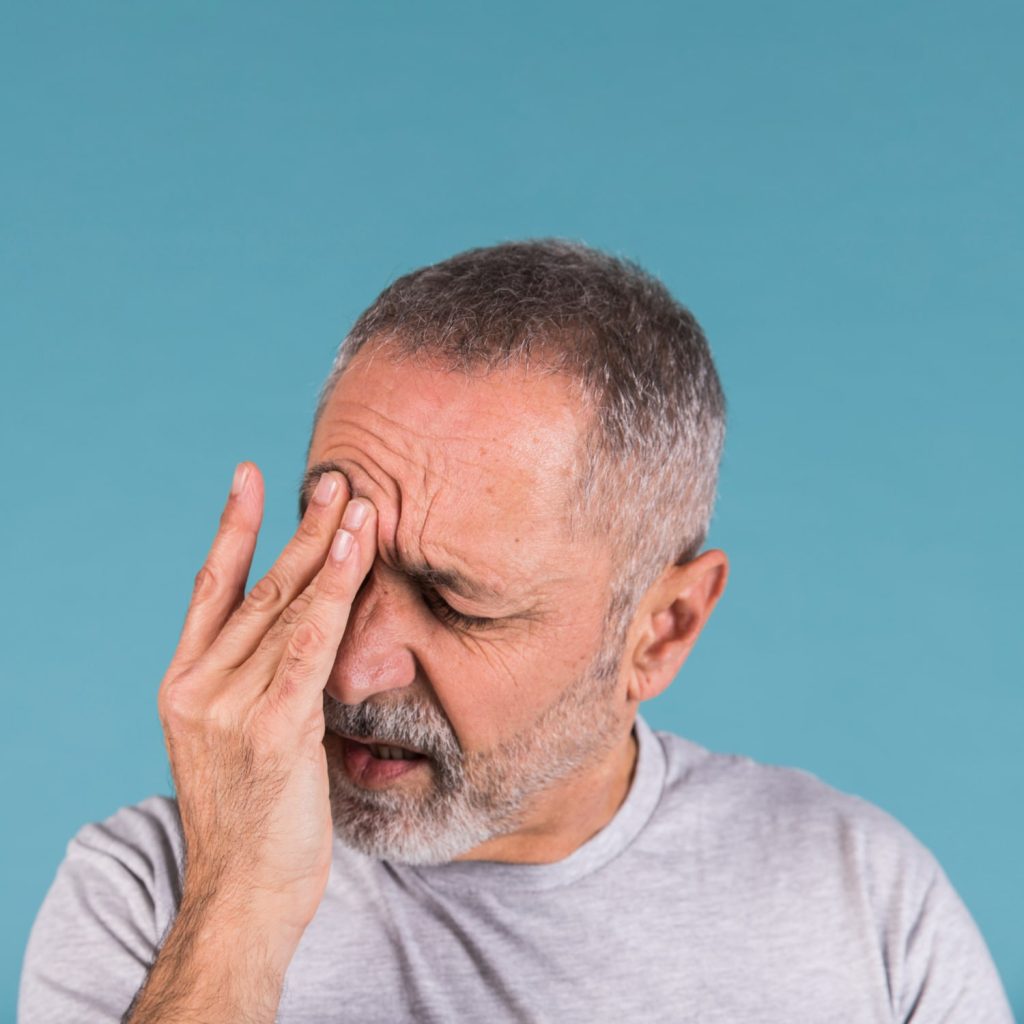
טיפות דמעות – מה זה ולמה משתמשים בהן?
טיפות דמעות הן תמיסות רפואיות או קוסמטיות שמטרתן להקל על
As we age, our bodies go through many changes, some of which can manifest themselves in seemingly subtle but disturbing ways. One such condition is dryness of the upper eyelid. Although this condition may seem trivial at first glance, it can significantly affect a person's quality of life, and can lead to discomfort, pain, and in some cases, impaired vision. Upper eyelid dryness can be caused by a number of factors, including eye conditions such as blepharitis and dry eye syndrome. In this article, we will explore these and other potential causes of upper eyelid dryness and review a variety of treatments that will help in the various situations.

The skin on the eyelids is incredibly thin and sensitive, making it vulnerable to irritants, allergens and various health conditions. Some of the most common causes of dry upper eyelids include:
1. Blepharitis: This chronic inflammation of the eyelids is caused by several different conditions such as bacterial overgrowth, blockage of the meibomian glands, a parasite called demodex, and more. Symptoms may include red, swollen, itchy eyelids and peeling skin around the eyes.
2. Dry eye syndrome: Dry eye syndrome is characterized by a lack of tears or poor quality of the tear strip, which leads to dry and irritated eyes. This condition can affect the eyelids and cause dryness, including upper eyelid dryness, itching and a burning sensation.
3. Allergies: Environmental allergens, as well as certain products such as makeup or facial cleansers, can cause an allergic reaction leading to dryness, itching and redness in the eyelids, including the upper eyelid.
4. Skin conditions: Certain skin conditions such as eczema, psoriasis and rosacea can affect the skin on the eyelids, leading to dryness, flaking and itching.
5. Aging: As we age, our skin naturally loses some of its natural moisture, which can lead to dryness, especially in sensitive areas like the eyelids.
6. Environmental factors: dry, stormy weather and low humidity can cause skin dryness, including dryness in the upper eyelid.
Treatment for upper eyelid dryness depends on the underlying cause. It is essential to consult an ophthalmologist or a dermatologist to identify the cause and treat accordingly. Here are some potential treatment options based on the reasons mentioned:
1. Blepharitis: Blepharitis treatment usually includes good eyelid hygiene, such as regular cleaning with a warm, moist cloth. In some cases, antibiotic ointments or steroids may be prescribed to fight infection or reduce inflammation. More advanced treatments include IPL and Lipiflow.
2. Dry eye syndrome: For dry eye syndrome, artificial tears, ointments or gels can help provide temporary relief. In more severe cases, your doctor may recommend over-the-counter eye drops. Prescription eye drops. Pills, advanced treatments such as IPL, Lipiflow and more.
3. Allergies: If allergies cause dryness in the upper eyelid, identifying and avoiding the allergen is essential. Over-the-counter antihistamines can help reduce symptoms, while prescription medications may be required for more severe reactions.
4. Skin conditions: Topical ointments are commonly used to treat skin conditions such as eczema and psoriasis. If it's rosacea, prescription treatments including antibiotics (doxylin or azenil) or acne medications can help.
5. Aging and environmental factors: For upper eyelid dryness due to aging or environmental factors, keeping the skin moisturized can help. Look for fragrance-free, hypoallergenic moisturizers designed for sensitive skin. Wearing sunglasses can also protect the eyelids from wind and sun, and using a humidifier can help keep the skin hydrated in dry environments.
Prevention of dryness in the upper eyelid usually boils down to maintaining eye hygiene and general health of the skin. This includes avoiding harsh soaps or cosmetics, regularly cleaning the eyelids and moisturizing the skin. Protecting the eyes from harmful environmental conditions and maintaining adequate moisture can also play a crucial role in prevention.
It is also essential to maintain regular eye examinations. Early detection of conditions such as blepharitis or dry eye syndrome can help manage symptoms before they cause significant discomfort or lead to more serious complications.
In conclusion, while upper eyelid dryness can be uncomfortable and bothersome, understanding the cause can help guide effective treatment. As with many health problems, prevention is key, so take steps to maintain good eye health and seek professional advice if you experience persistent or severe symptoms.

טיפות דמעות הן תמיסות רפואיות או קוסמטיות שמטרתן להקל על

ויטמין C הוא אחד הוויטמינים החיוניים ביותר לבריאות העיניים, הודות

מרכז מומחים לאבחון וטיפול מתקדם בתסמונת העין היבשה ומחלות פני שטח העין















